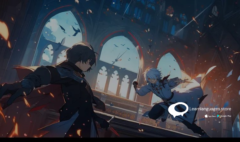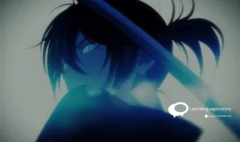JAPANESE THEATER- You need to know.
JAPANESE THEATER- You need to know.
Japan’s Iconic Performance Art: Kabuki Theatre
Japan is well known for its stunning landscapes, vibrant city life, and distinctive culture, but the nation itself has a lot more to offer than you would imagine. you’ll find a plethora of information on Japan’s relationship to the fine arts,performing forms in the rich history of the nation.
Estimated reading time: 4 minutes
This post will teach you
What is the Kabuki Theater’s history?
What are the five kabuki theatrical tenets?
Where can I go today to see kabuki?
Kabuki protocol
The Kabuki Theatre’s past
The origins of kabuki theater may be traced back to the Edo era, possibly as early as 1603. Townspeople were yearning for a visceral, intense, and flashy kind of art to enjoy, therefore the genre was developed to satisfy their needs.
However, the shogun—the military leader —did not like the introduction of this new performance art. The shogunate was horrified by the obviously explicit material displayed in kabuki theater from of the Edo era.
The shogunate assumed that the ladies onstage were prostitutes since kabuki comedy dance sequences were initially performed by women to a predominantly male audience, and they swiftly outlawed women from the art in 1629.

A New Version of Femininity Called Onnagata
Since then, male performers have played both the male and female parts in all kabuki performances. The male actors (referred to as onnagata in Japanese) who play these female roles are said to have developed a new femininity over the years, these actors have developed a version of “womanhood” specific to kabuk.
Even while kabuki plays have certain basic elements, a broad variety of plays from many different eras have been performed. The everyday lives of Edo townpeople are shown in other kabuki plays,kabuki plays were adapted from stories published before the Edo era.

The Kabuki Theater’s Five Elements
Despite the fact that kabuki has experienced a number of transformations throughout contemporary Japanese history, some elements of the performance have lasted the test of time.
First, kabuki costumes
Using costumes and makeup to produce the proper body shape for the character is one of kabuki’s most identifiable features. Performers will be clad in layers of traditional Japanese attire. Costumes are frequently vivid and intricate, frequently accented with genuine gold and silver, making them not only exquisite to look at but also incredibly heavy and pricey. When actors play courtesans or nobles, the costumes they wear can weigh more than sixty pounds.!
Acting Methods in Kabuki
Kabuki acting differs from film, TV, and Broadway. While some kabuki dances have graceful, understated motions, other styles use exaggerated speech and movement patterns to highlight the villainousness or masculinity of particular characters.
.Fourth, Kabuki Music
Live music is one of the most significant and stunning features of kabuki performances. The narrative is further enhanced by the use of traditional Japanese instruments and strong narrators with booming voices. Additionally, music is used to create live “special effects”; for example, wooden block claps or other percussion instruments are frequently used to emphasize footfall and stances, producing a stop-motion illusion that aids the viewer in understanding the protagonist’s internal monologue.
Kakegoe – Participation by the Audience
Audience participation is also an element of kabuki performances! The occurrence, referred to as kakegoe, has long been a component of the art form. A group of onlookers will often cheer on the characters onstage at the right times.. This helps to energize the actors as well as the rest of the audience, resulting in an all-around fantastic show!

Learn Languages Store
Vashi,
Email: services@learnlanguages.store










